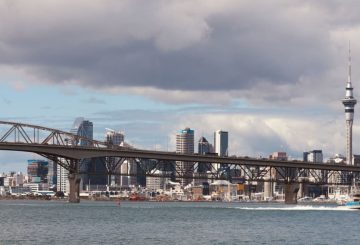크리스 힙킨스 노동당 대표는 공개 연설에서 2023년 선거에서 당이 크게 패배했다고 인정하고 내셔널의 크리스토퍼 룩슨이 승리할 가능성을 축하했다.투표의 85.1% 를 차지한 노동당은 전체 득표수의 26.5% 에 그쳐 크게 뒤쳐져 의회에서 34석을 차지할 것으로 예상됩니다.
로어 허트 시청에 출석한 힙킨스는 캠페인 기간 동안 지칠 줄 모르는 노력을 강조하면서 지지자들에게 감사를 표했다.노동당 지도자는 Luxon에 연락하여 National이 여론 조사에서 강력한 성과를 거둔 것을 인정했다고 밝혔다.
힙킨스는 선거 결과를 되돌아보면서 “노동당은 다른 정부를 구성할 수 있는 위치에 있지 않다”고 말했다.그러면서도 그는 노동당이 수많은 도전 속에서도 일관되게 뉴질랜드의 이익을 증진시켜 왔다고 강조하면서 당 지지자들에게 지난 6년간의 성과에 자부심을 갖도록 격려했다.
힙킨스는 의회에 복귀하려 하지 않는 노동당 의원들에게 국가를 위한 헌신적인 봉사를 높이 평가하며 침울한 어조로 감사를 표했다.그는 또한 자신을 대표 의원으로서 계속 신뢰해 준 레무타카 유권자에게도 진심 어린 감사를 표했다.
힙킨스는 데임 저신다 아던 전 총리의 후임이라는 어려운 과제를 인정하면서 이 길은 항상 오르막길일 것이라고 언급했습니다.이 나라는 일반적인 정치적 어려움과는 별개로 홍수와 사이클론 같은 자연 재해와 생활비 위기를 겪었습니다.
힙킨스는 선거운동 기간 동안 노동당이 제안한 진보적인 정책을 자랑스럽게 되새겼습니다. 이 정책은 선택된 소수만이 아닌 모든 뉴질랜드 국민에게 혜택을 주기 위한 것이었습니다.선거 결과가 나오자 그는 차기 정부를 면밀히 감시하고 잠재적인 정책 변화로 인해 부정적인 영향을 받을 수 있는 사람들의 이익을 옹호하려는 의도로 노동당이 이제 야당에서 중요한 역할을 맡을 것이라고 선언했습니다.
눈물을 흘리며 무대에 오른 힙킨스가 그랜트 로버트슨을 비롯한 동료 노동부 장관들과 가슴 아픈 순간을 나누면서 그날 밤의 감정적 무게감이 여실히 드러났습니다
.




























































